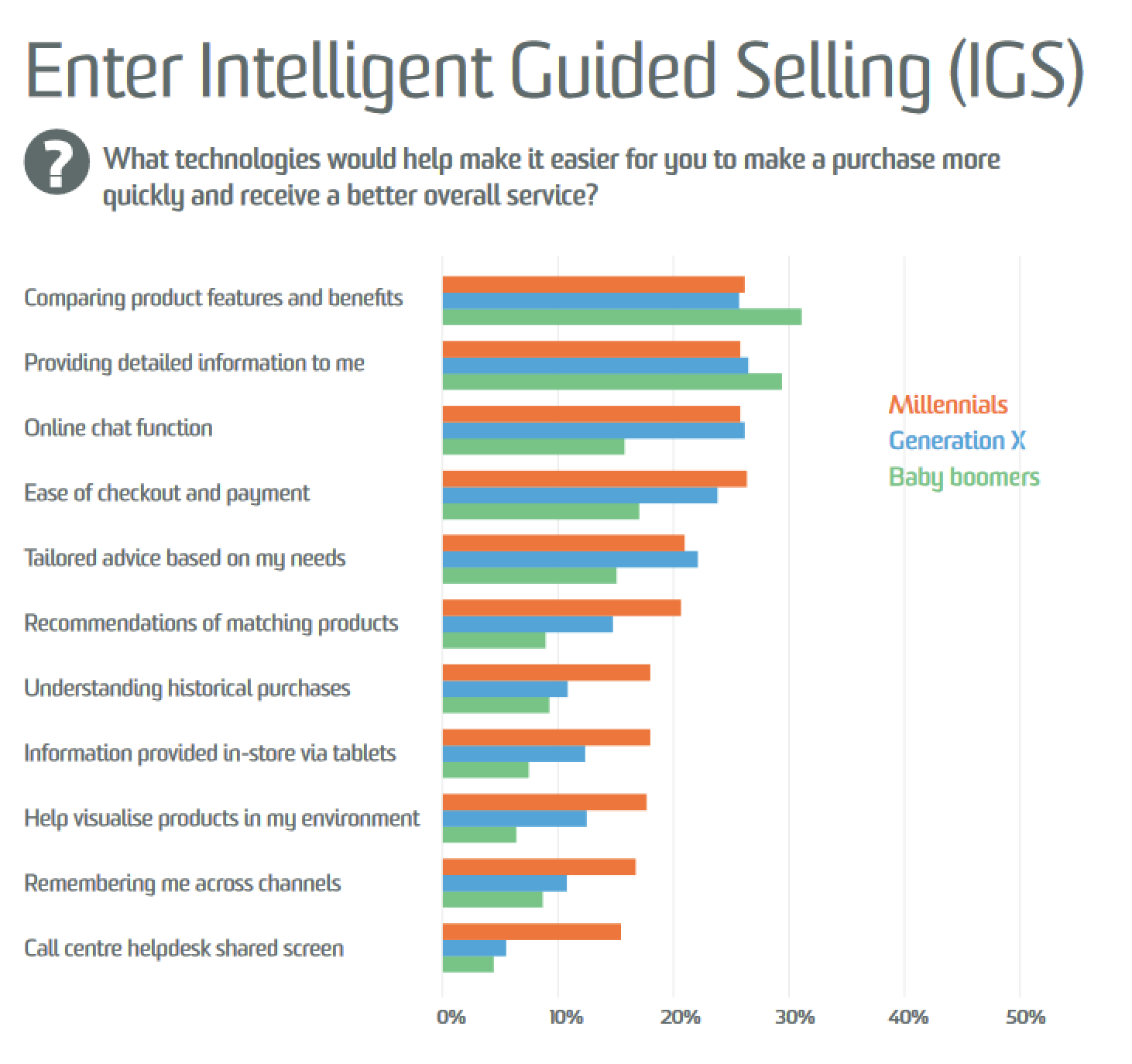The Role of Customer Experience in Telco

Last updated on July 26, 2023
The global pandemic had a detrimental impact on most industries, but European telecom providers have emerged relatively unscathed. In total, telecom providers’ revenues shrank by 2% in 2020, whereas the economic area’s gross domestic product declined by almost 8% during the same period.
There are many factors contributing to this result, but one of the most impactful may just be the change in needs and expectations from telecom’s customers.
During the pandemic, European telecommunications providers had to meet the need for new services and adjust to a rapidly growing demand. Not only this, but as more professionals switched to a remote setup, telecom providers were also expected to bolster security and set better performance standards, all while creating a superb experience each step of the way.

As we slowly progress to a post-pandemic reality, customers expect the same type of attention and service to continue. Therefore, leading networks need to focus heavily on the role of the customer journey and understand this model in order to consistently create a great experience.
This article will detail the importance of customer experience in telco (with a specific focus on the European market) and how it has been influenced by the global pandemic. We’ll also go over the role of the customer experience in European telecom and how this variable affects the perception of consumers in this segment.
Finally, we’ll share general steps to improve CX within your organization and discuss what the future holds for the telco customer journey in Europe.
Telecom Customer Journey and Experience Management Explained
Before delving any deeper, let’s take a moment to define telecom customer experience management (CEM or CXM) and how brands in this industry have historically performed.
In the telecom context, customer experience management is the practice of creating a seamless and efficient ecosystem that’s conducive to communication between client and provider. The idea is to create a consistently positive experience for customers, regardless of the communication channel.
This results in a transparent relationship where customers feel heard and appreciated, ultimately establishing a positive environment where each interaction delivers value.
The telecommunications industry is not known for its high-quality customer service. This is a red flag because these customers have several touchpoints. From new customer onboarding to software installation, tech support, sales, and billing, telecom providers have built a reputation for delivering what’s often perceived as low-quality services and a subpar customer experience.
This means that telecom providers need to adopt a customer-centric approach to ensure that every client feels seen, heard, and ultimately appreciated.
The Impact of COVID-19 on Telco CX
Now that we’ve covered the definition of customer experience management in the telecom industry, it’s time to analyze the impact that the global health crisis had on the steps that buyers follow before completing a purchase.
Out of all the global events that affected the telco industry in the past decades, many see COVID-19 as the most radical because it transformed customer experience in telco into a major priority for all providers.
Seemingly overnight, telecommunications companies were responsible for helping people build personal relationships, continue their education, and advance professionally while also respecting social distancing rules. This also presented a great opportunity for telecom providers to live up to their customers’ expectations and deliver critical services designed to solve these new challenges.

For an extended period of time, COVID-19 limited the promotional strategies, product distribution channels, and other essential areas for telecom providers. But, this encouraged brands to see they are competing with a variety of customer experiences and therefore implement changes that result in a better overall journey.
What Role Does CX Play in European Telcos?
While technology will undoubtedly continue to propel telecom providers forward, customer experience variables are still among the most important drivers for the industry as a whole.
As a matter of fact, telecom providers can use CX metrics or key performance indicators (KPIs) for a number of different applications.
For example, your sales team can leverage this data to create tailored funnels, while your marketing experts can build a customer journey map that helps you visualize the different touch points and decide which ones you need to prioritize
Let’s take a deeper look at the role that customer experience management plays in European telecommunications providers.
1. Content Personalization and Customer Engagement
Keeping customers engaged is crucial, especially in an industry as saturated as the telecommunications vertical. Telecommunication industry trends often reflect the importance of customer experience.
Engaged customers are more likely to see the value in your services and share their opinions through reviews or testimonials. Cultivating an engaged audience means that you deliver valuable services that are bound to attract more customers down the line.
The best way to create engaging content is to personalize your materials, which in turn, is only possible by monitoring customer experience metrics.
Statistics like net promoter score (NPS) and churn rate are a great place to start, but you should identify in-depth insights that give you more actionable data.
Additionally, you should also find a way to consolidate all interaction channels and standardize the data you collect from each one in order to get a better picture of your customers’ collective experience.
2. Company Reputation
Modern consumers expect more from their providers than ever before and telecom companies are no exception.
In addition to reliable network services and quality devices, customers also look for providers that deliver great assistance and overall support.
Telecom companies usually measure this intangible variable using a simple metric known as customer satisfaction or CSAT. It’s important to note that CSAT alone doesn’t provide a complete picture of your customer satisfaction. But, this KPI is a good starting point because CSAT surveys ask customers directly whether they are happy or not.
A comprehensive CXM strategy can exponentially improve a telecom provider’s CSAT score, boost its reputation, and even have a significant impact on revenue.
Telia, the Swedish telecom provider headquartered in Stockholm, is a great example of this.
After realizing that its biggest issue was transforming feedback into actionable data to help drive sales and customer loyalty, the team at Telia leveraged Lumoa to consolidate data from different sources and touchpoints.
The result has been nothing but stellar: a 30% increase in CSAT score and a significant boost in sales, all while helping the company implement a more customer-centric culture.
3. Customer Loyalty and Retention
It may sound counterintuitive, but telecom companies often have difficulties opening up effective communication lines and interpreting the feedback received from customers. This, combined with the market saturation, means that customers are quick to change networks whenever their current provider provides a negative experience.
This is the reason why telecom giants still experience churn rates of 20% or higher in mature markets like Germany, which are theoretically more stable.
Fortunately, CX in telecom is all about understanding the information that clients are providing directly to you. Customers that feel appreciated are more loyal and are thus more likely to remain with a telecom provider even after a negative experience. This is especially true if the telecom provider solves problems to its clients’ satisfaction.
4. Sales and Revenue
Customer experience management in telecom is often seen as a way to improve the quality of the service and assistance that every client receives. But, one of the unsung benefits of CXM is that it can significantly increase leads, sales, and revenue as a whole.
This can largely be attributed to the natural evolution of the industry. In previous years, network speed and size have been the biggest drivers of success. But, with so many companies and subsidiaries offering alternatives, consumers are starting to value customer experience in EU telecom and making decisions based on who provides the best one.
Keep in mind that this goes beyond the services offered to your customers. Today, consumers expect their telecom providers to support popular apps and offer products beyond the basic scope, like streaming services. This means that your telecom service will attract more customers by improving the quality and extent of the support you provide.
5. Selection of Service and Technologies
In the early days of the telecommunications industry, providers were limited to a few basic services. Today, telecom companies can offer a wide range of dynamic products and services that range from standalone internet connections for mobile devices to comprehensive family plans. Not to mention solutions for those users who have Wi-Fi problems. Modern providers can even offer device insurance, independent GPS location services, and many other innovative products.
With the above in mind, you need to be extremely careful when selecting the services you want to provide to your customers. Any mistakes during this process and you may end up establishing a service that doesn’t attract customers or impact your bottom line in a positive way.
CXM is an excellent way to determine what services, features, and support channels will keep customers most engaged. Customers are usually happy to share their opinion in both free-response and multiple-choice surveys. So, you can always turn to the data you collect if you want to decide what features and products you should offer next.
Strategies to Improve CX in Your Telco
Now that we’ve covered a few of the effects of the customer journey in the telecom industry, let’s go over a few basic tips to help improve CEM in your organization. The tips below are general steps, so take the time to evaluate each suggestion and adjust it based on the goals you want to achieve.
Understand Customer Expectations
The first step to creating an effective CXM process is to study the different audiences you want to target and understand their expectations.
For instance, if most of your customers contact you because of simple troubleshooting issues and account questions, you can find better ways to serve them. German network provider Deutsche Telekom followed a similar process before launching its customer service chatbot. The company’s chatbot is still active today and resolves about 40% of all issues it handles.
Deliver an Omnichannel Experience
Over the space of two decades, consumers have changed their behavioral patterns and much of this is credited to new technology.
Rather than starting their research in-store with a physical product, buyers now look for product reviews on websites, digital stores, and other platforms. Consumers can conduct research through a collection of channels including smartphones and desktop devices. This means that you need to create an omnichannel experience that covers the platforms your audience uses the most.
Let Data Dictate How You Personalize Your Services
According to the CX Network, the best way to deliver a great customer experience is through a combination of automated and human-based support. But, rather than following a cookie-cutter strategy, you should let your internal data dictate how you personalize your service.
A great way to look at this is to understand what features are most important to your different audience segments.
Take CX Network’s report titled “Customer Behaviour and Attitudes In Telco Buying Decisions Revealed” which highlights how Millenials, Generation Xers, and Baby boomers find distinct features valuable. The report shows how 20% of Millennials appreciate recommendations of matching products, while this only appealed to 15% of Gen X buyers and less than 10% of Baby Boomers.

Industry statistics like the ones above can help guide your CEM strategy. You can further supercharge your efforts by substituting these values with the data you collect from your customers and making decisions using these metrics instead.
The Future of Customer Experience in Telco
Recent research suggests that 70% of all consumers see customer experience as a major factor when choosing the best telecom service provider. This can actually be measured in revenue, with PwC indicating that consumers are willing to pay up to 8% more for an excellent experience in the telecom industry.
Hence, it’s safe to assume that the influence of customer experience in telecommunications will become even stronger in the future. Telecoms, in Europe and elsewhere, will have to shift their focus from collecting feedback to actually implementing consistent methods to process an ever-increasing amount of data, to interpret them, and to transform them into actionable steps.
That’s the challenge that lays ahead for customer experience in telco for the next few years.
